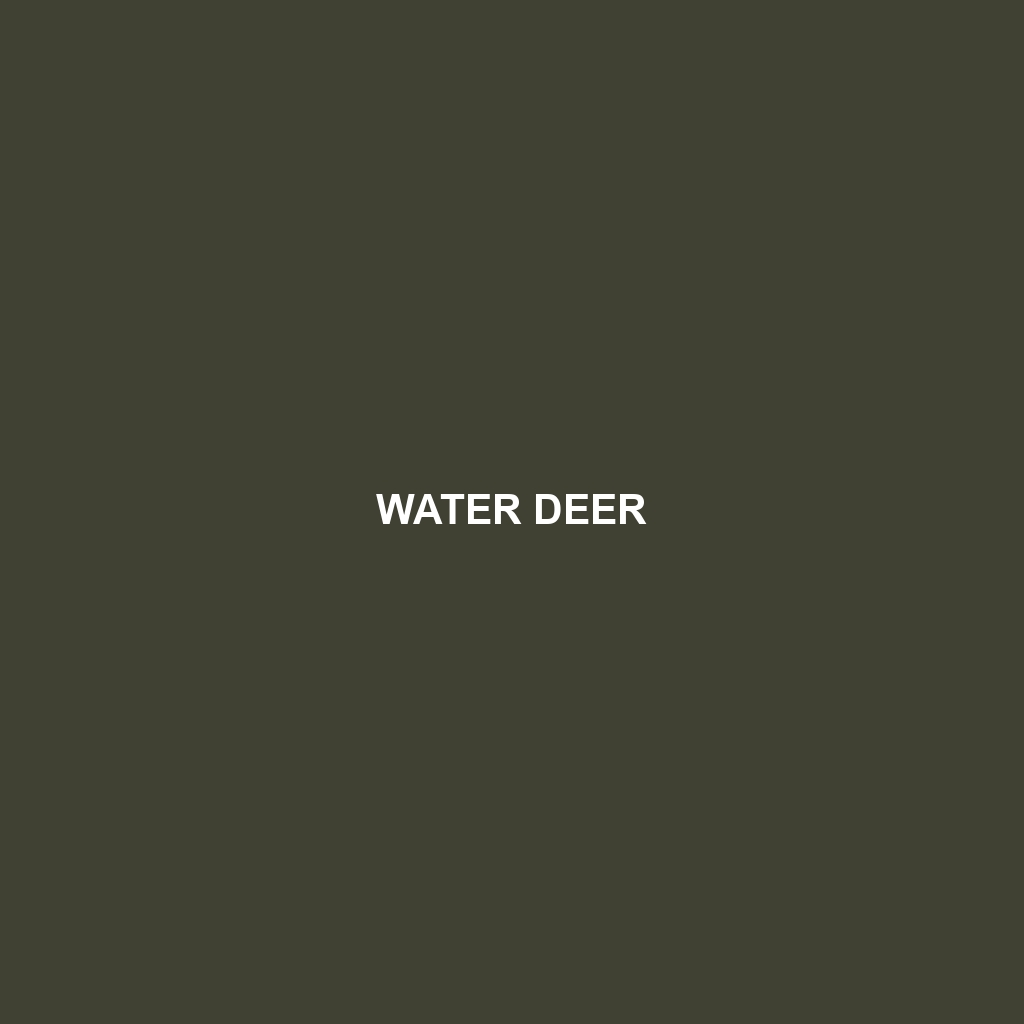Eastern Roe Deer – A Comprehensive Overview
Common Name: Eastern Roe Deer
Scientific Name: Capreolus capreolus
Habitat
The Eastern Roe Deer primarily inhabits regions of Eastern Europe and parts of Asia, often found in mixed forests, grasslands, and agricultural areas. They thrive in environments that offer abundant cover, such as dense shrubs and woodlands, allowing them to evade predators while foraging for food.
Physical Characteristics
This species of deer typically measures between 90 to 135 cm in length and stands about 75 to 100 cm at the shoulder. Eastern Roe Deer have a distinctive reddish-brown coat in summer, which transitions to a grey-brown hue in winter. Notable features include their long, slender legs and a white patch on their rear, which serves as an important visual signal to other deer.
Behavior
Eastern Roe Deer are primarily crepuscular, being most active during dawn and dusk. They exhibit a curious nature and can often be seen foraging alone or in small groups. Their behavior is characterized by short bursts of energy, often involving quick movements followed by periods of rest. This adaptability and vigilance help them avoid becoming prey.
Diet
The diet of Eastern Roe Deer consists mainly of grasses, leaves, bark, and a variety of herbs. During the warmer months, they enjoy an abundance of fresh plant matter, while in winter, they rely on woody vegetation. Their herbivorous nature plays a crucial role in maintaining the balance of their floral environment by controlling plant growth.
Reproduction
Eastern Roe Deer are known for their unique reproductive habits, with the mating season occurring from July to August. After a gestation period that lasts approximately 10 months, does typically give birth to a single fawn in May or June. The fawns are born with spotted coats that provide effective camouflage against predators in the underbrush.
Conservation Status
Currently, the Eastern Roe Deer is classified as Least Concern by the International Union for Conservation of Nature (IUCN). However, factors such as habitat loss and hunting pressures threaten local populations, warranting ongoing conservation efforts to ensure their stability.
Interesting Facts
One fascinating aspect of the Eastern Roe Deer is their ability to leap over obstacles up to 2 meters high in a single bound. Additionally, they possess a highly developed sense of hearing and smell, which aids greatly in avoiding detection by predators.
Role in Ecosystem
Eastern Roe Deer play a vital role in their ecosystem as herbivores, influencing plant communities and serving as prey for larger carnivores. Their grazing habits help maintain the health of grasslands and forest edges, supporting biodiversity within their habitats.
